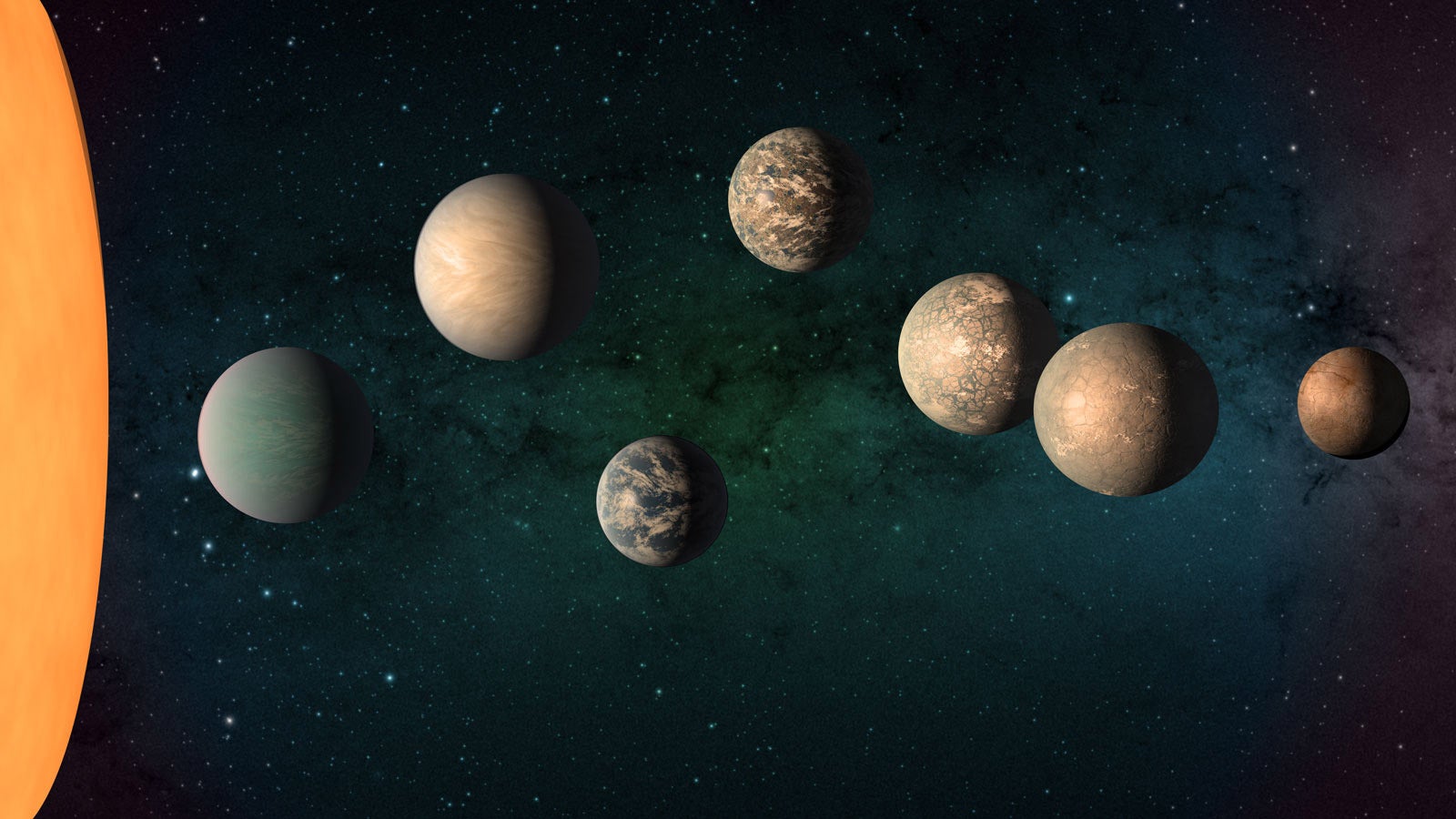Overview
In a pioneering study poised to shed light on a longstanding cosmic mystery, researchers, armed with data from NASA’s retired Kepler Space Telescope, have uncovered compelling evidence to explain the shrinking size of some exoplanets.
The study, spearheaded by scientist Jessie Christiansen from Caltech/IPAC, suggests that specific sub-Neptune planets’ cores might exert pressure on their atmospheres, resulting in a contraction of the planets’ overall size.
What are exoplanets?
According to NASA, Exoplanets, or planets outside our solar system, encompass a diverse category. While most orbit stars, there are also rogue planets,
freely navigating the galactic centre without being
bound to any specific star.
Studying exoplanets has primarily concentrated on the Milky Way, where most of these discoveries have been focused. Thanks to NASA’s Kepler Space Telescope, it has been learnt that the number of planets in our galaxy surpasses the number of stars, unveiling a vast celestial landscape yet fully explored.

The vast expanse of the universe hosts a diverse range of exoplanets, varying from compact, rocky worlds to expansive gas giants. Yet, astronomers have
stumbled upon a curious anomaly—a distinct lack
of planets with diameters falling between
1.5 and 2 times that of Earth.
This apparent “size gap” introduces a puzzle, placing itself between the category of rocky super-Earths and the realm of gaseous sub-Neptunes.
Published in The Astronomical Journal, a recent study proposes that this gap is not random but a consequence of atmospheric loss in less massive sub-Neptunes.
The Mystery Solved?
Researchers propose a compelling explanation for the observed size gap in exoplanets, mainly focusing on sub-Neptunes. If a sub-Neptune lacks sufficient mass, its gravitational pull might be too feeble to retain its atmosphere, reducing its super-Earth size.
Two primary mechanisms driving this atmospheric loss are core-powered mass loss and photoevaporation.
The latest evidence aligns with the former, where a planet’s hot core emits radiation that gradually pushes the atmosphere outward.

In contrast, photoevaporation occurs when a star’s intense radiation strips away a planet’s atmosphere, akin to a hairdryer melting an ice cube. While photoevaporation is believed to occur within the initial 100 million years of a planet’s life, core-powered mass loss likely takes place around the one billion-year mark.
Christiansen’s team delved into data from the K2 mission to scrutinise these theories, focusing on the youthful star clusters Praesepe and Hyades.
Their findings revealed that nearly all stars in these clusters still host sub-Neptune planets, indicating that their atmospheres haven’t succumbed to photoevaporation. This observation supports core-powered mass loss as the more plausible explanation for the size gap.
Beyond solving a cosmic puzzle, the study’s implications reach the realm of potential habitability for distant worlds. As Christiansen emphasises, ongoing research and future studies will continue to test and refine these theories, unravelling more secrets of the evolving atmospheres of exoplanets.













Comments 2